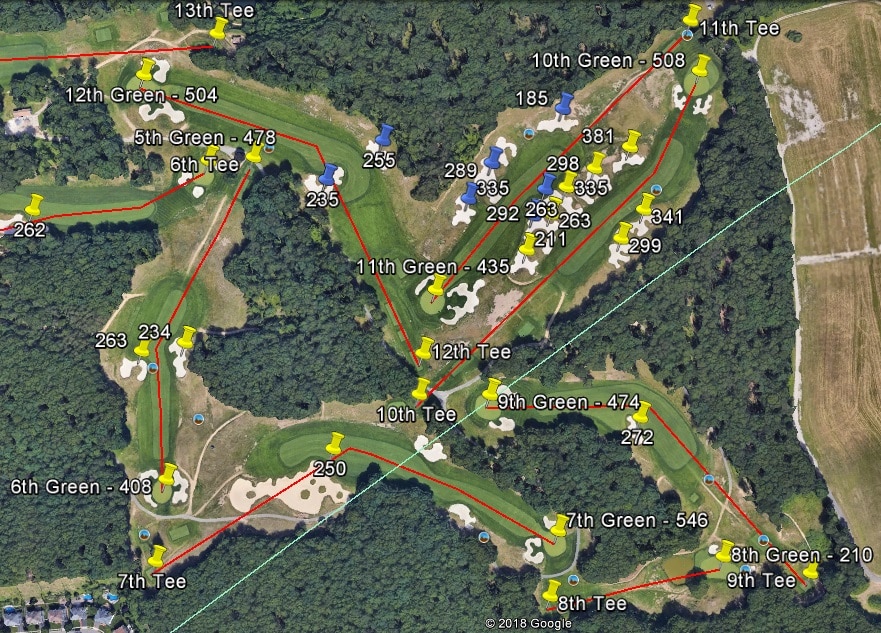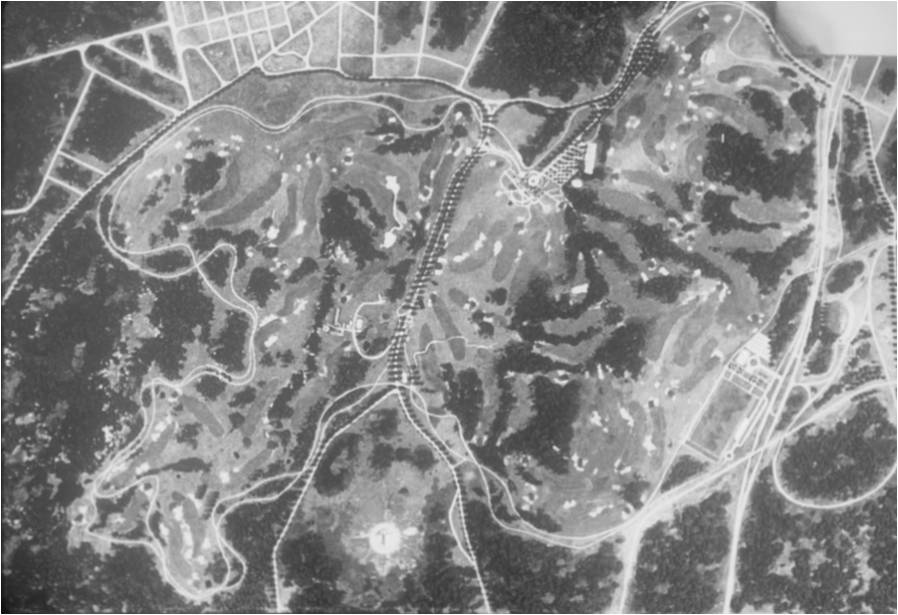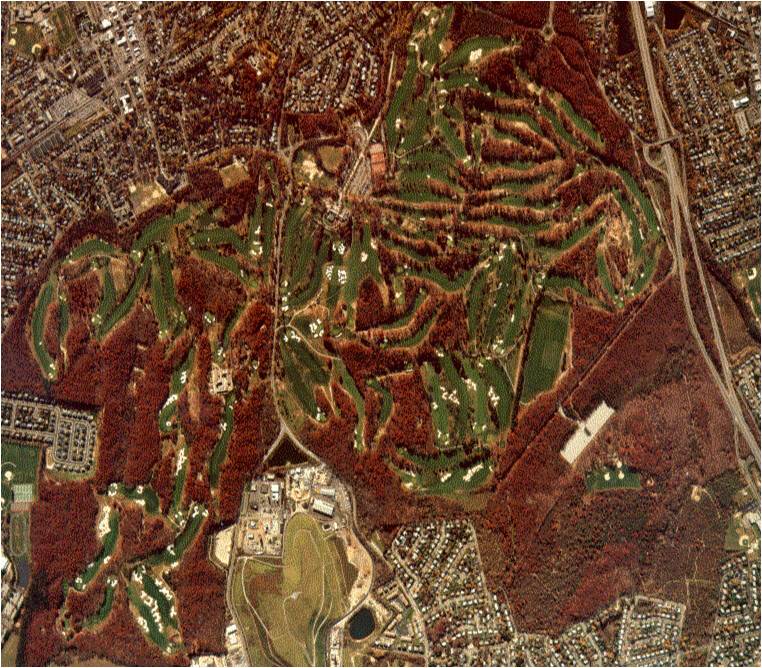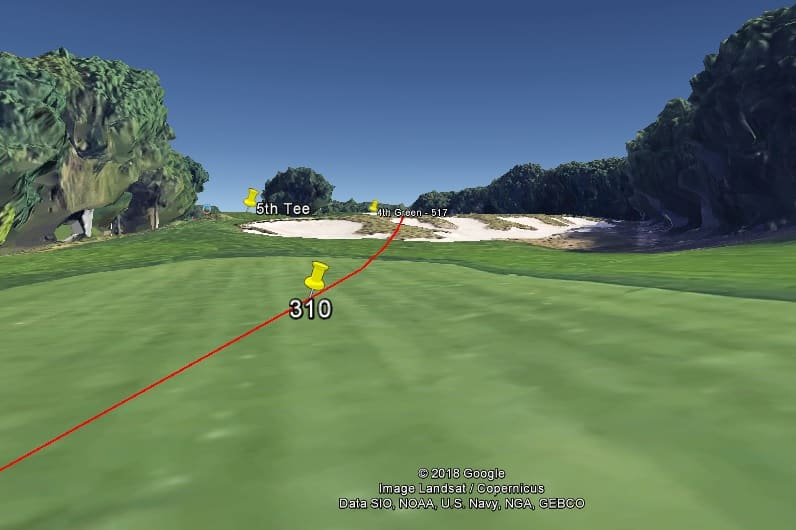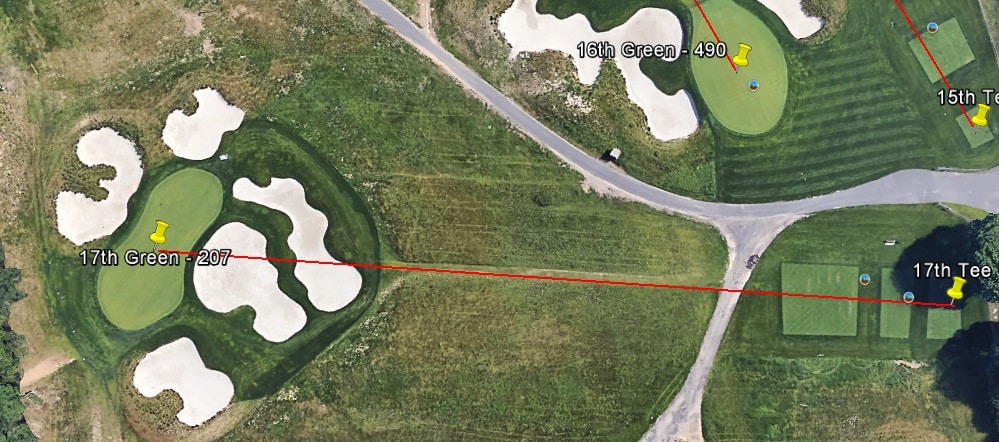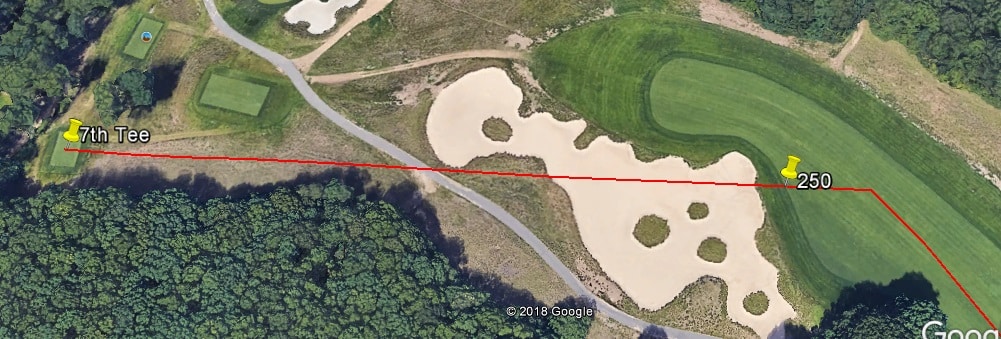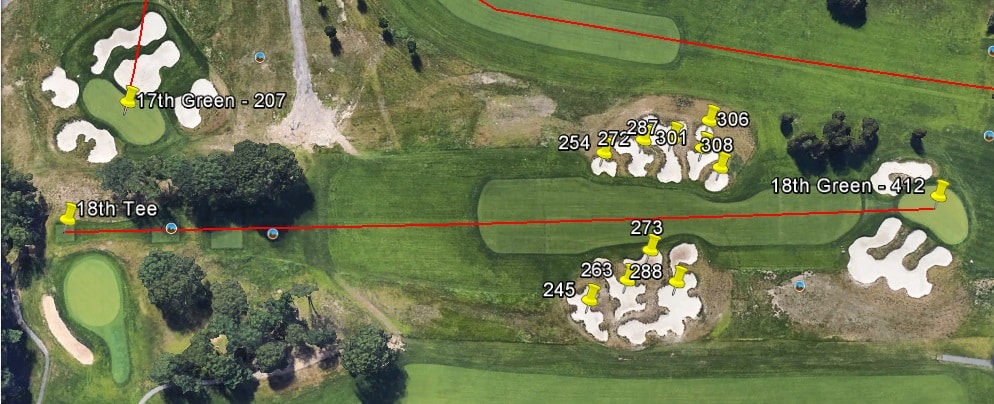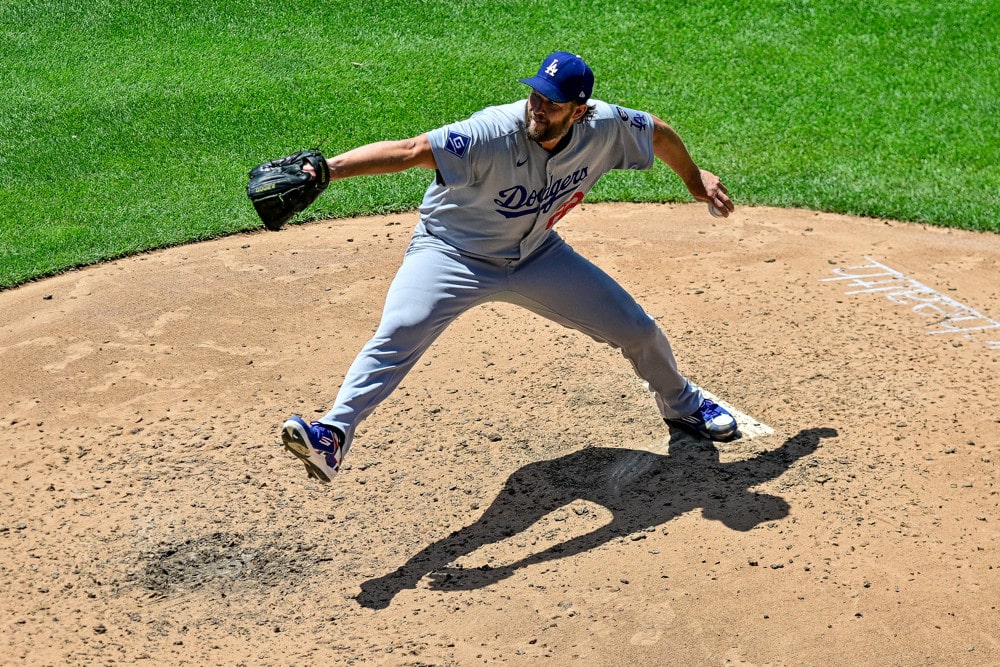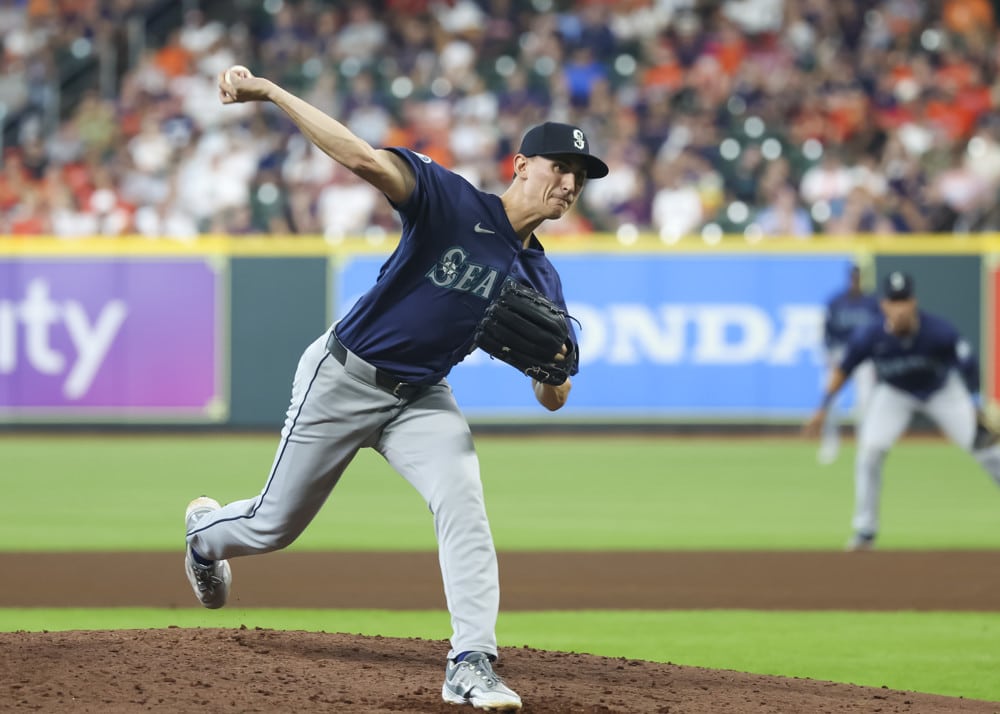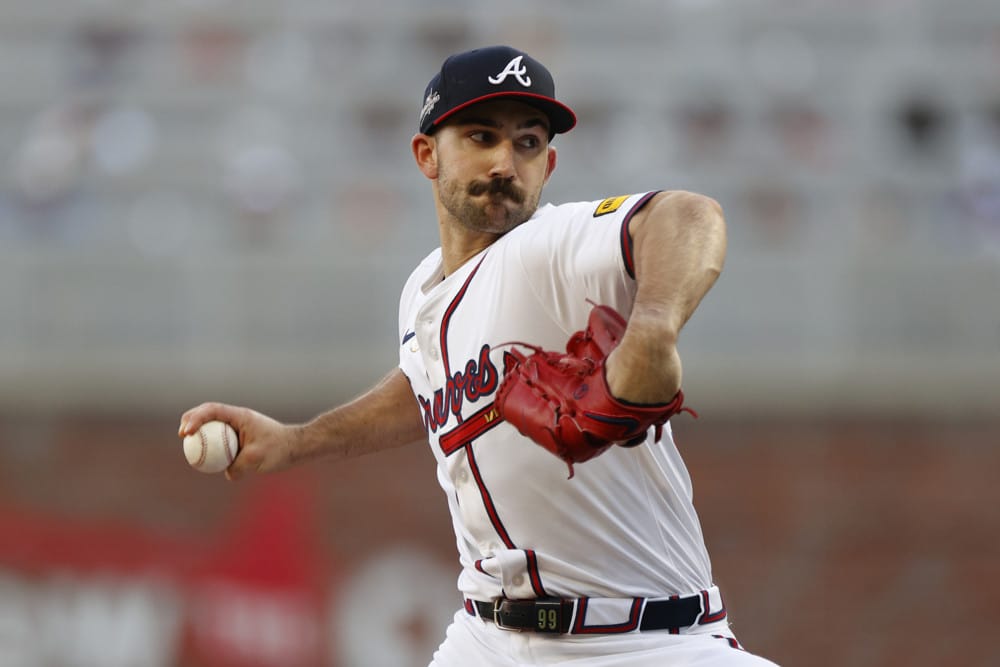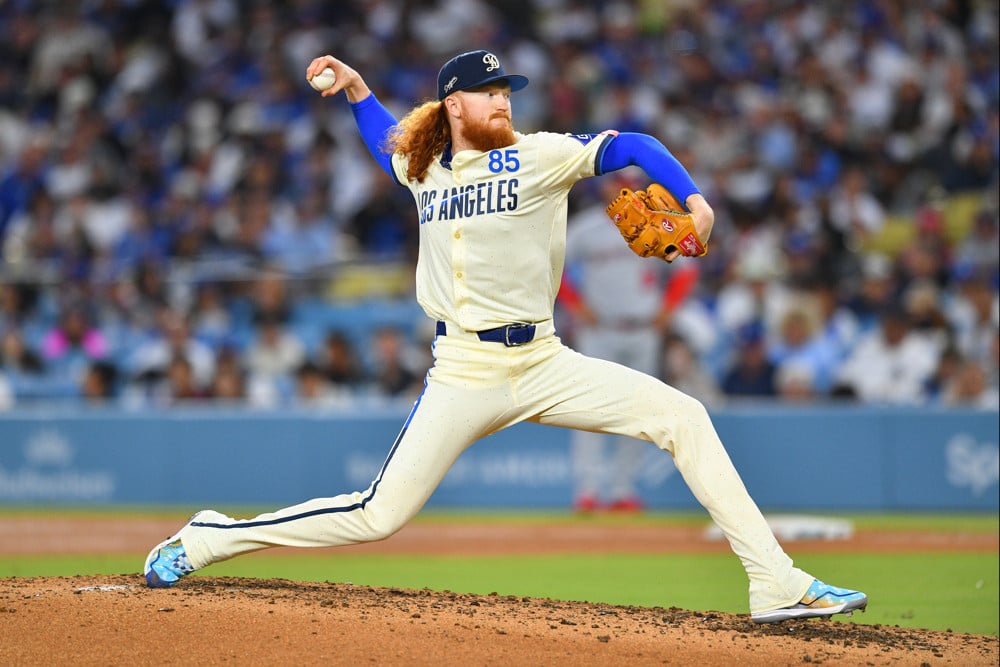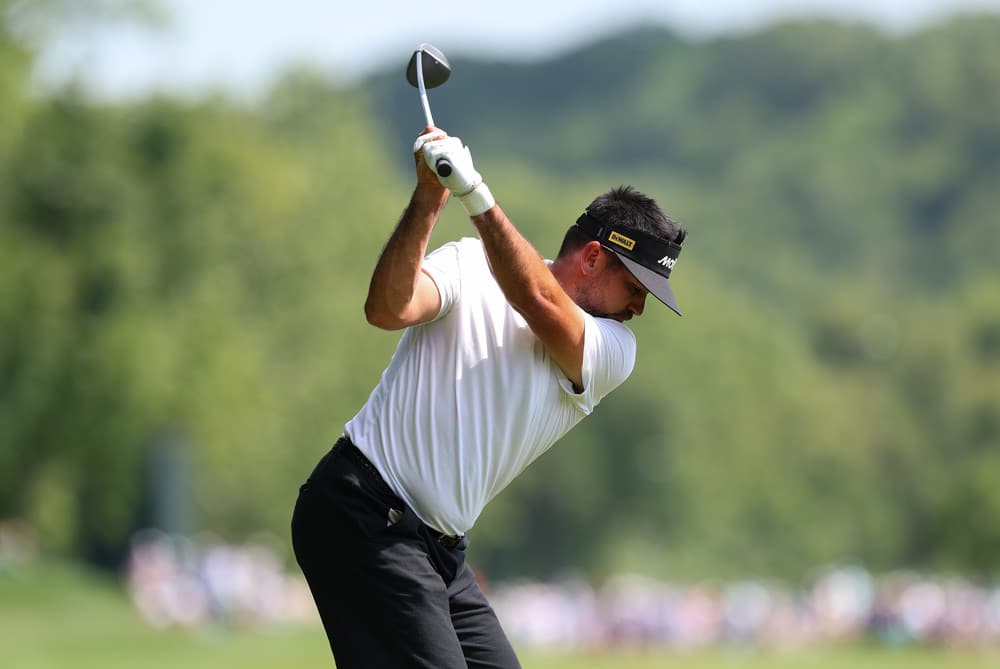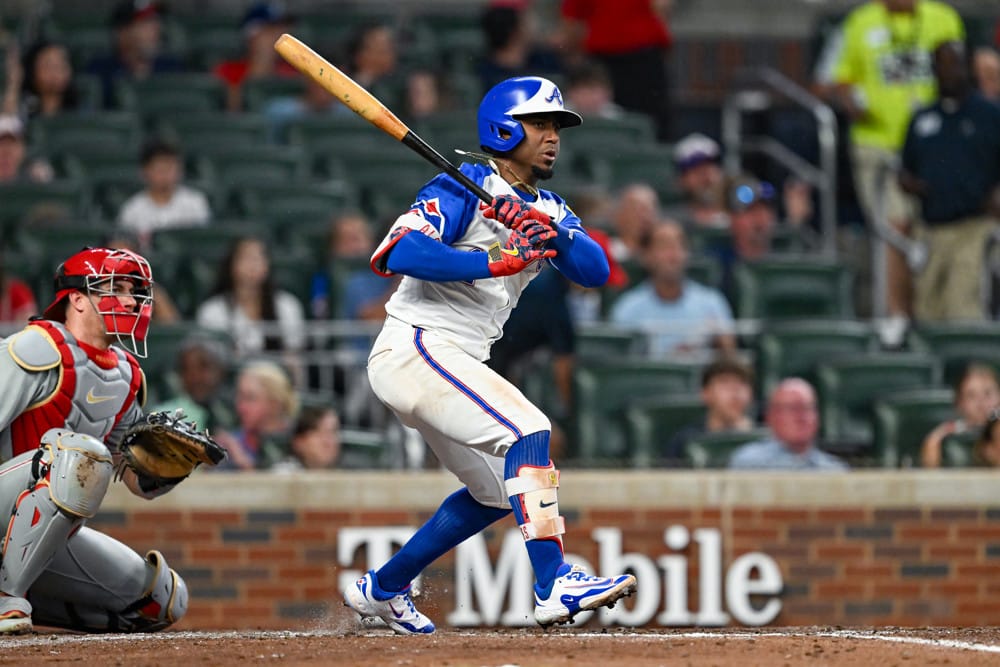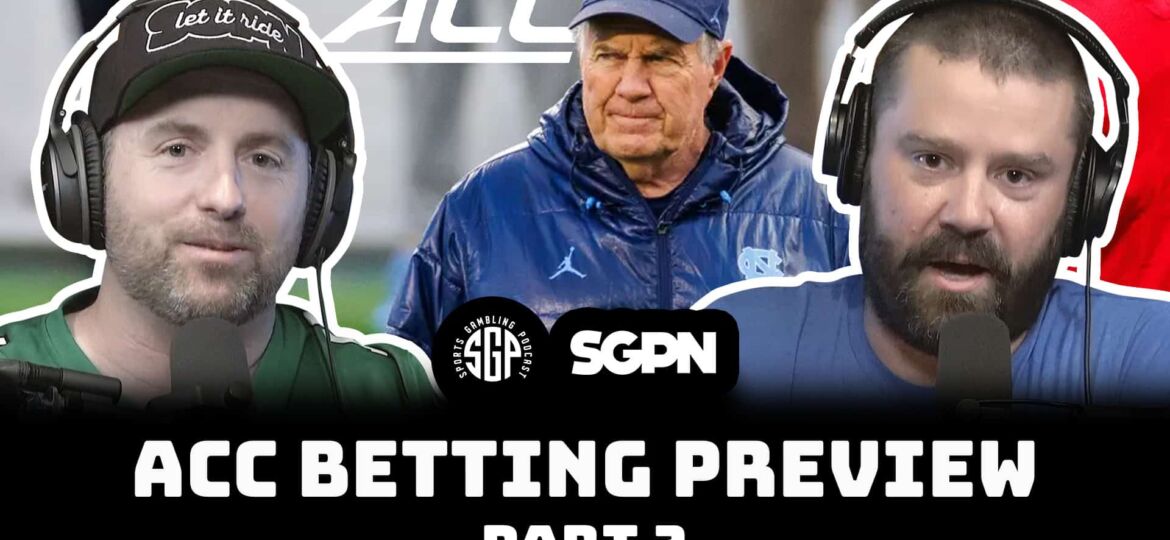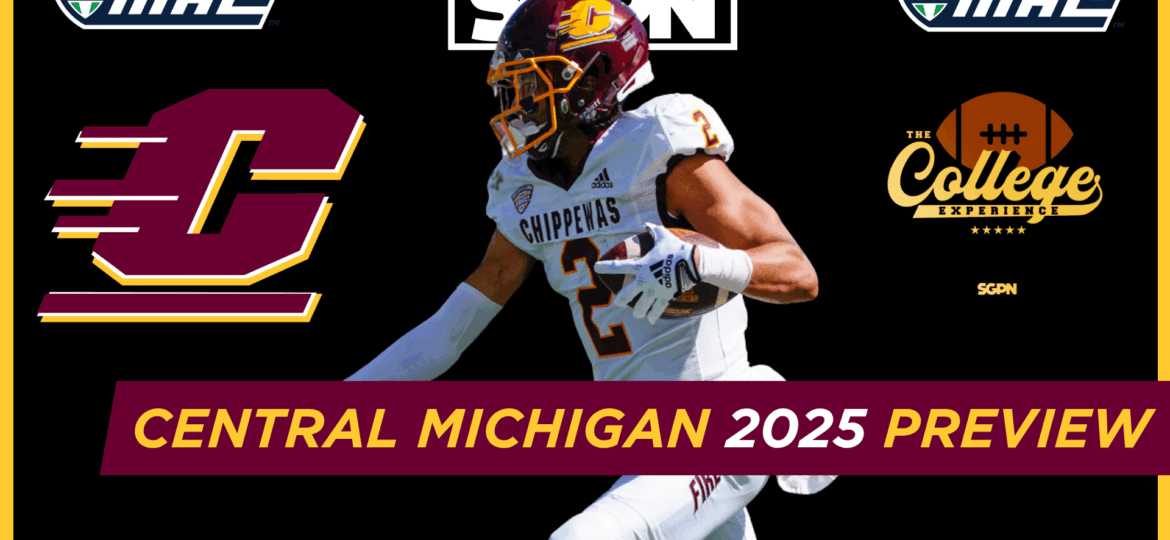The second major of 2019 is upon us, as the strongest field that will be assembled this year heads to Long Island for the 101st PGA Championship on the Black Course at Bethpage State Park.
After Tiger Woods won the Masters back in April, one of the biggest benefactors ended up being the PGA Championship, which saw a surge in ticket sales for the event. Tiger-mania is officially back and all eyes will be on him.
Unlike back in the early 2000’s when Tiger received similar overexposure and miles high expectations, there’s no shortage of worthy foes who can keep him from running over the field. That’s helped set some odds on several talented golfers at affordable prices thanks to the books protecting themselves by pumping up Tiger’s odds under 10/1.
Here’s everything to know about the 2019 PGA Championship before betting on the tournament.
READ ALSO:
2019 PGA Championship Preview – Analyzing Bethpage Black Leaderboards
The Field
As mentioned before, the PGA Championship boasts the strongest field of the four majors. The only non-touring players (either on the PGA Tour, European Tour, etc.) playing in this week’s event are 20 PGA Club Professionals. The other 136 players are comprised of the best that the PGA Tour and other worldwide tours have to offer. No amateurs or professional journeymen in this field.
There isn’t much else to say in terms of who is in the field. Instead, here are a few question marks on a couple injured players heading into this week:
- Justin Thomas: The 2017 PGA Champion has been battling wrist and arm injuries since the Honda Classic, and he withdrew from the Wells Fargo Championship (site of his lone major victory) citing a wrist injury. Thomas’s performance has suffered since injuring his arm in March, so the fact he withdrew from a tournament citing this injury is quite discouraging. All indications are that he will play, but backing him comes with its risks.
- Marc Leishman: Marc Leishman withdrew from the AT&T Byron Nelson at the 11th hour citing a back injury. Anytime a golfer suffers a surprise back injury on the eve of a major championship is normally a big red flag. I’m not all that concerned though. The Byron Nelson was a very weak field and offered very little for preparation for Bethpage Black. It’s possible he slept on it wrong, tightened up during his warmup, and decided to withdraw out of precaution. He should be all systems go for Bethpage Black, however monitor his status just in case.
- Charles Howell III: Chuckie 3-Sticks withdrew shortly before the second round of the AT&T Byron Nelson citing a hip injury. Considering he opened with a 1 over 72 (which doesn’t sound all that bad except for the fact the average 1st Round score Thursday was 69.8), he likely saw it as an opportunity to gracefully exit from a tournament he was all but out of the running for to get up early to Long Island. He should be fine for the PGA Championship, but monitor his status anyways.
It should also be noted that there was a fairly significant European Tour event over in Southport, UK this week. Notable players who teed it up at the British Masters included Tommy Fleetwood, Tyrrell Hatton, Lee Westwood, Eddie Pepperell, Matt Wallace and Martin Kaymer. Some handicappers or DFS analysts might use this as a deterrent to back them given they now face a seven hour flight across the Atlantic, but that seems like a red herring excuse. By the time you read this, they all should be comfortably in Long Island preparing for the PGA Championship, and I don’t expect anyone’s success or failures at Bethpage Black rides on how the flight in their private jets were.
The Golf Course
One of the reasons why the PGA Championship is often considered the least prestigious major is the venues they are held at. The Masters is annually held at what’s considered a Top 5 golf course in the world. The Open Championship is annually held on a rotation of legendary links courses in the United Kingdom where golf was born. The U.S. Open, while much maligned for what they sometimes do to the golf course itself, conducts their championship on tracks with both historical significance and layouts not normally seen by casual viewers of the PGA Tour (and their list of future sites is just a murderers row of blockbuster golf courses).
There is a distinct lack of identity and soul at the golf courses the PGA Championship plays at. Especially in recent years, it’s been a never ending stretch of long, tree-lined soft tracks that are favorable for the bomb and gouge style of play with little strategy tee-to-green besides hitting it as far as one can. The list includes Valhalla, Quail Hollow, Baltusrol, and Bellerive, which are fine golf courses on their own. But often I felt like I was watching the exact same PGA Championship play out that I watched the last few years.
Bethpage Black, however, will provide a much stiffer test for those playing in the 2019 PGA Championship.
Bethpage State Park sits on the site of the former Lenox Hills Country Club, and in 1932 the property was taken over by the New York State Office of Parks after the club nearly went into bankruptcy. The site itself has five golf courses, all of which are open to the public – Yellow, Green, Blue, Red, and the famed Black Course, which will serve as the battleground for all hopefuls to hoist the Wannamaker Trophy on Sunday evening.
A.W. Tillinghast was brought in by the park commission to design all of the golf courses at Bethpage. By that point, Tillinghast had already created famed golf courses in Baltusrol, Winged Foot and Ridgewood CC, all courses that have throughout history hosted major championships and significant PGA Tour events. Each are similarly designed in that they are straight away, tree-lined tracks featuring small circular greens and little elevation change.
The property that Bethpage State Park sat on, however, provided Tillinghast the opportunity to design a much different track than his reputation would suggest. Whereas his signature golf courses listed above are on a much more compact and flat layout, the Black Course features a winding out-to-in track similar to a traditional links course with significant elevation changes, waste areas and high fescue rough. His fantastic utilization of the hilly and sandy terrain is considered his crown jewel contribution to golf course design, and the course became open to the public in 1935.
The USGA choose the Black Course at Bethpage State Park to host the U.S. Open in 2002, however under the condition that the Black Course would undergo an extensive renovation. Rees Jones was brought in to give a significant face lift to the golf course. Not only were new tee-boxes constructed to lengthen the golf course from approximately 6,800 yards to just over 7,200 yards, but all fairways were replanted with rye grass, the fairways were shrunk, greens and bunkers were restored and refurbished, and over one million square feet of fescue and rye grass was sodded around all fairway bunkers and waste areas to place an emphasis on accuracy off the tee. In all, the USGA poured $2.7 million into course improvements before the 2002 U.S. Open was held there.
Bethpage State Park – 1938
Bethpage State Park – 1999
Rees Jones was brought in again before the 2009 U.S. Open to lengthen the golf course to just over 7,400 yards. Holes #3, #5, #7, #9, #10, and #13 all played significantly longer in 2009 than in 2002. However the flavor and layout of the golf course has remained unchanged since the major overhaul of the late 90’s, and the Black Course later went on to host a pair of FedEx Cup events in 2012 and 2016.
There’s a reason why there’s a warning sign right next to the first tee box of the Black Course – this golf course is ludicrously difficult for an average golfer. Between deep bunkers guarding elevated greens, tight fairways, long forced carries, thick primary rough that’s raked towards the tee box, and even deeper fescue grass gobbling up extremely errant shots, any weekend warrior who takes on the golf course is likely in for a long, grueling afternoon.
Here’s a few of the more difficult holes on the Black Course:
Hole No. 4 – Par 5, 517 Yards
You may be asking yourself “how is a 517 yard Par 5 difficult when everyone can blast it 300+ off the tee?”. You’re half correct in that with the advancement in golf technology, the tee shot on 4 is no longer that daunting. It’s only about 275 yards to carry the fairway bunker hugging the left side of the fairway to set up an approach no more than 225 yards to the green.
Where the fun (or trouble) begins is on the approach shot. This is what they’ll be staring at for their second:
The green sits about forty feet above the fairway, which will force players to take about two clubs extra for their 200+ yard second shot. The shot is also pretty much blind and they’re hitting into a flat but relatively small green. The green is only 24 yards wide front to back and 30 yards wide left to right, which is a very small landing zone when one is hitting a hybrid or low lofted iron into it.
Those who manage to hit the green in two should be able to get up and down for birdie with little trouble. Those who miss, however, can bring bogey into play. Those who come up short will land in one of two large bunkers – one about 8 feet below the putting surface and one 15 feet below. Any misses long or left will funnel down the hill and leave one facing a chip back up to the putting surface some 10-15 feet above them. There is a bailout right of the green where most golfers will likely try and aim potential misses, but that still will present a difficult chip should the pin be all the way on the left side of the green.
This hole was much harder before the advancements in golf technology increased how far everyone can hit it, and at the 2016 Barclays it was the easiest hole on the golf course. Nevertheless, this is a Par 5 that will test everyone’s ability to hit long approach shots and accurately compensate for the elevation change, and if the winds are up it will be a chore to grab one of the few birdies available on the course.
Holes 15 & 16:
The Back 9 is widely considered as the tougher nine of the Black Course, and the stretch of 15 and 16 is a perfect example of it. Both holes are long Par 4’s featuring very narrow fairways that are only about 25 yards wide. The 15th green sits about 35 feet above the fairway, so the golfer will have to add about a club to their normal 175-200 yard approach shot selection. On the very next hole, the golfer must hit a draw off the tee to set themselves up on the left side of the fairway. From there, they’ll have an optimal look into the green. Anyone who misses on the right, however, will have to carry the large greenside bunker to a much smaller landing zone. The cherry on top of all this is that the golfer will be fighting the exact opposite wind hole to hole.
Hole 17 – Par 3, 207 yards
When the wind is down, this hole isn’t all that tough. But with winds between 10-20 MPH in the forecast this week and coming from different directions each day, this hole should cause a lot of fits this week.
The two tiered 17th green plays slightly uphill and slopes from left to right. The green is very small – at its widest it’s 22 yards front to back over on the left side, and only 17 yards front to back over on the right side. Anyone who misses the green will likely find themselves in one of five greenside bunkers. The front greenside bunkers all sit about 8-10 feet below the putting surface, while those who land in the back don’t have a lot of room to navigate back down to the hole.
Betting Strategies
While Bethpage Black has hosted four professional tournaments, the game as changed significantly over the last two decades. As such, the strategy of how one attacked the golf course changed between the 2002 U.S. Open and the 2016 Barclays. A few weeks back, I analyzed the leaderboards of all professional events at Bethpage Black, and one should read that before betting on this week’s tournament.
With the advancement in golf technology, there are certain holes at Bethpage Black that are much easier to play in 2019 than they were in 2002, particularly off the tee. For example, the tee shot on both the 5th and 7th require about a 250-260 yard forced carry over a large waste area, a shot that is much easier to hit now than it was back using 2002 golf clubs:
On the 6th, the fairway bunkers off the tee presented problems for the 2002 professional to navigate around. Not so in 2019:
The 10th, 11th and 18th are all famous for a sea of huge fairway bunkers flanking bothsides of the fairway and each with their trademark fescue grass collars. In 2019, most of these bunkers are now taken out of play off the tee:
Couple this with the wet spring in the Northeast that have softened the fairways, and that a typical PGA Championship setup features much less penal rough than a typical U.S. Open setup, the players will not be as hesitant to pull driver off the tee as they were back in 2002 and 2009. This was seen by the significant increase in average driving distance of the field in both FedEx Cup events, which helped aide to lower scores for the overall winner.
There’s a belief that Bethpage Black will yield a lot of birdies because of the soft conditions and that PGA Championships usually field a winning score of double digits under par. But the golf course should still show it’s teeth for a variety of reasons:
#1 – Long approach shots with significant elevation changes: Three of the four Par 3’s on the golf course will play over 200 yards. In addition, nine of 14 Par 4’s and 5’s will feature approach shots >175 yards into small greens, and several of those are into greens 20-40 feet above or below the golfer. Players will have to not only hit small targets from farther distances but they’ll have to properly balance both the change in elevation and any wind into their club selection.
#2 – The Weather: The spring in the northeast has been cool, wet and windy, and all three elements will come into play this week at Bethpage Black. Rain is in the forecast from Monday through Wednesday and there is a chance of showers every day from Thursday through Sunday. Temperatures will struggle to top 70 degrees during the week as well. This combination will both reduce how far the golf ball flies (cooler temperatures) and reduce any roll out on the tee shots (wet, soft fairways). That is a very difficult combination to have a golf course play long while featuring weather conditions that reduce how far one naturally hits it. While soft greens will allow some players to fire at pins, players will also have a tough time dealing with slower greens and getting the speed dialed in.
The wind should also be a factor this weekend as well. Winds are forecast to gust up to 15-20 MPH from Friday-Sunday, with the toughest wind conditions seen on Sunday. The wind will also shift from out of the west on Thursday, to out of the south on Friday and Saturday, to out of the east on Sunday. The golf course will play completely different from Round One to the Final Round. That will make for challenging conditions over the course of the tournament.
#3 – The Rough: While it’s true that a PGA Championship setup features less penal rough than a U.S. Open setup, the month of May features rough that is the healthiest it’ll be all year. By now, even with cooler temperatures the rough is lush, thick and wet and is on the upswing of it’s growing season. Though the grass is fully matured in August, the golf course superintendents are struggling to keep it alive in blistering hot summer temperatures. Those who hit into the rough will certainly have their hands full both off the fairway and around the green.
Who are the players to target then:
1. Long hitters off the tee who rely primarily on carry distance – Shorter hitters or those with a lower ball flight and rely on roll out for distance will be behind the eight ball. Those who have the ability to carry their tee shot 295 yards or more will have a shorter club into each green, which will put them at an advantage especially on higher elevated greens where a high ball flight into them is desired. Longer hitters will also be able to hit higher lofted irons should their tee shots find the rough, which will make it easier to dig it out of the lush and thick rough at the golf course.
While the golf ball won’t fly as far for everyone, those with a higher club head speed and launch angle to maximize carry distance will be less affected by the air temperature than naturally shorter hitters. In addition, the tee shots at Bethpage Black are slightly more favorable to those who fade the ball (or draw for lefties) off the tee. Of the 14 Par 4’s and 5’s on the golf course, 10 of them are accommodating to those who have a left to right trajectory on their tee shot.
2. Players who excel on approach shots 175-200+ yards – As described above, both the layout of the golf course and the soft conditions will lead to several long approach shots into small greens. Those who excel from this distance will be at a great advantage over those who struggle.
3. Players who are good out of bunkers – With long approach shots and small greens, everyone will have to deal with the tough greenside bunkers at Bethpage Black at some point. Not only are several of them well below the putting surface, the flat, slow and soft greens will make it difficult for someone to pop out of the bunker and rely on the putting surface to funnel the ball close to the hole. It’ll require precision out of the bunkers to prevent having nervy par putts more than 6 or 7 feet.





